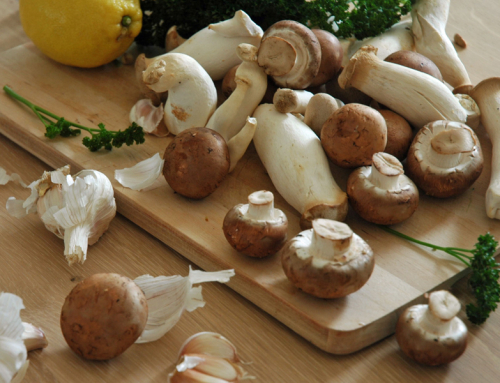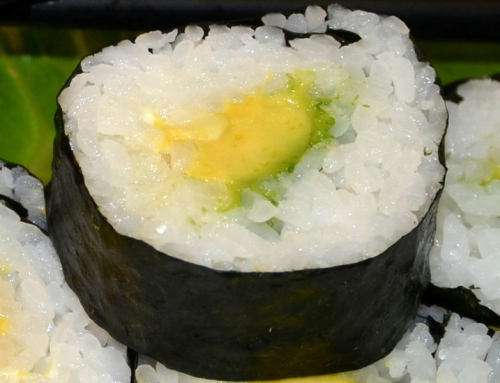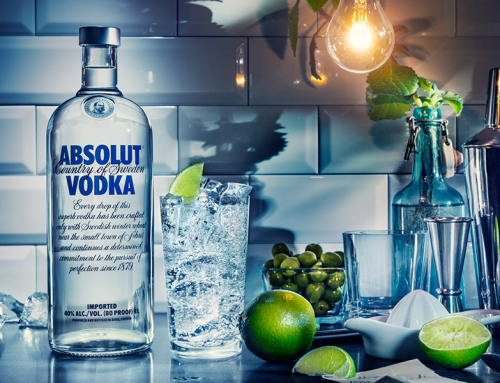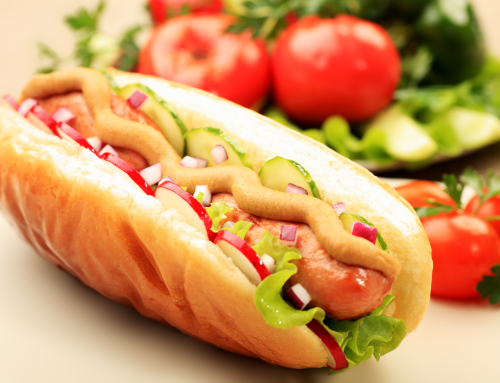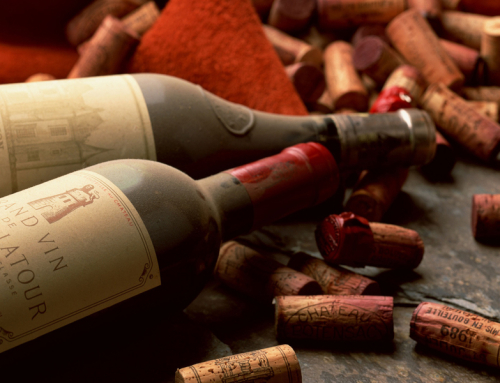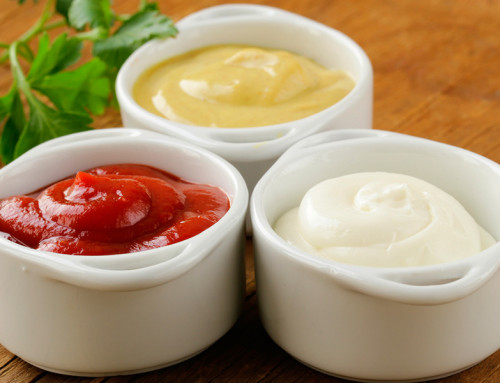- Regular Beer, 12 fl oz (approx. 355 g) – 146 calories
- Light Beer, 12 fl oz (approx. 354 g) – 99 calories
- Root Beer, 12 fl oz (approx. 370 g) – 152 calories
So, where do the calories come from?
It comes from the alcohol itself, along with the protein and the carbohydrates in your particular brand of beer. Beer does not contain fat.
Alcohol is neither a sugar nor a carbohydrate, but it does contains 7 calories per gram, which is much higher than carbohydrate and protein, each of which is 4 calories per gram. Beer tends to be higher in calories due to the carbohydrates and protein, which give the beverage at least some nutritional energy value.
However, just to complicate things even more, alcohol content is measured in percentages not in grams. Yet, it is usually sold labeled with “proof” value rather than the percentage value. But, not to worry! The powers that be made it easy for you! The proof value of an alcoholic beverage is always double the alcohol percentage by volume. This translates to beer that may be listed as 10 proof actually being 5% alcohol by volume.
When asking about how many calories in a beer, remember to take note of the alcohol content of the brand you are drinking. That is the first step. But, that will only give you a rough idea. All the carbohydrates in that particular brand can make the difference between a wise low-calorie choice, and a diet de-railing disaster. Generally, the best way to find out the calories in a beer is to visit the brewer’s website nutrition page because you probably won’t find a nutrition label on the beer.
Up until January 2013, FDA nutrition labels have never been approved by the United States government for alcoholic beverages. However, the recent regulation that was passed by the Treasury Department is optional. These new labels could help drinkers know how many carbohydrates and calories they are drinking, but only if the alcohol producers want them to know.
If beer is too complex for you, calorie-wise, you might be better off switching to the “hard stuff” if all you are after is the buzz, not the flavor or the carbohydrates. Be assured that most of the major types of hard liquors have the same number of calories. Tequila, whiskey, gin, vodka and rum all have about 100 to 125 calories per 1.5 oz shot, or jigger.
Beers average about 1 gram of protein, 0 fat, 10-14 mg of Sodum and 3-14 grams of carbohydrate. ABV varies widely among beers, as do the calories per percentage of alcohol.
If you look carefully at the chart above, you will see what appears to be a paradox that makes it difficult to judge calories. For example, a beer that is 4.2% ABV may have anywhere from 96 tp 102 calories, while a beer that is one percent LESS in ABV (4.1%) has more calories, 98-110 of them. So, you can see that really depends on the amount of carbohydrates in that particular blend, and not the ABV like it does in hard liquors.
And another paradox you need to be aware of is that a “light” beer may have even MORE calories than a regular beer. Most “light” beers range from 90-100 calories per 12-ounce serving, up to 300 calories, which is hardly a “diet” beer. “Light” does not refer to diet beer, but to beer which has been reduced in either alcohol content (often by adding water) or reduced in calories, (often by removing carbohydrates which further affects the full-bodied taste), or both, as compared to the regular beers among those in the same brand, style. recipe or series. A brewer may produce several brands, with the light versions being lighter than other light beers that they produce. Basically, a “light” beer has fewer calories than a traditional lager, which has fewer calories than a dark ale and are often criticiized for having less flavor than full-strength beers, tasting as if, or actually being, watered down.
Basically that means that flavor is directly proportional to calories, so if you want more flavor, go for the higher calores.
- The main active ingredient of beer is alcohol, therefore, the health effects of alcohol also apply to beer.
- Beer, as an alcoholic beverage, is classified as a drug and beer is the most widely used drug in the world.
- Beer contains no fat, but does have significant amounts of nutrients, including magnesium, selenium, potassium, phosphorus, biotin, chromium and B vitamins. Filtered beer loses much of thesenutrition.
- Beer is one of the healthiest alcoholic drinks because real unfiltered beer contains the same amount of antioxidants as red wine.
- Unfiltered beer, such as homebrew or commercially available Belgian beers or Hefeweizens, has actual nutrients, including the B vitamins.
- Drinking 150 empty calories of domestic filtered beer isn’t going to be better than drinking 300 calories of unfiltered beer with real vitamins and nutrients and yeast that hasn’t been killed by processing.
- According to a recent study, a link between binge drinking and a beer belly or “wheat belly” has been identified, but that is likely due to improper exercise, poor muscle tone, and over consumption of carbohydrates in general than with beer itself.
- Several diet books claim that beer has a high glycemic index of 110, which is the same as maltose; however, the maltose in beer undergoes a metabolic process by yeast during fermentation so that beer consists mostly of water, hop oils and only trace amounts of sugars, including maltose.
- Moderate consumption of beer has been associated with decreased risks of cardiovascular disease, stroke and cognitive decline.
- The long term health effects of continuous, heavy alcohol drinking can include the risk of developing alcoholism and alcoholic liver disease.
- Low alcohol beer may have strong anti-cancer properties, according to a Japanese study in 2005.
- Nonalcoholic beer appears to mirror the cardiovascular benefits associated with moderate consumption of other alcoholic beverages. but the primary health benefit from alcoholic beverages actually comes from the alcohol they contain.
So, what is beer?
According to the Bureau of Alcohol, Tobacco, Firearms and Explosives (ATFE), which is responsible for beer sold in the United States, beer is defined as follows:
“Beer, ale, porter, stout and other similar fermented beverages (including sake or similar products) of any name or description containing one-half of one percent or more of alcohol by volume, brewed or produced from malt, wholly or in part, or from any substitute thereof.”
Beer is an alcoholic beverage composed of alcohol in the form of ethanol that is produced by the saccharification of starch into sugar and then fermentation of the resulting sugar into ethanol and carbon dioxide in an anaerobic environment. A mixture of starch sources may be used such as rice, corn, sugar, millet, sorghum, cassava root, potato, and agave as well as many others.
The overall preparation of beer is known as “brewing” and the enzymes for this process of breaking down the starches are often derived from malted cereal grains, usually barley and wheat. Malted grain is soaked until it begins to germinate and then the partially germinated grain is dried in a kiln. Different roasting times and temperatures are what create the different colors of malts that produce different colors of beer. Brewer’s yeast is added to produce the fermentation.
The famous “hops” are used for only for flavoring and to add bitterness that acts as a natural preservative. In fact, flavoring beer is the not only the major commercial use of hops, but it is the only commercial use, so far. Hops are used in nearly every beer throughout the world, including gluten-free beers, because hops are gluten-free. Hops are botanically and technically classified as a flower and therefore have no relationship whatsoever to the myriad of gluten-producing grains. Other flavorings may also be used such as herbs or fruits.
The alcoholic content of beer is usually between 4% to 6% alcohol by volume (ABV) though in practice, it varies from as little as 0.5%. which is known as de-alcoholized beer, to up to 20%. Some breweries are creating 40% ABV beers and even higher lately. Of course the calories are also going to rise with the alcohol content, so be aware of the strength of the beer you are drinking.
Of all the alcoholic beverages, beer is the world’s number one choice, and ranks third overall, just after water and tea. It is believed to be the oldest fermented beverage dating back to ancient Mesopotamia.


